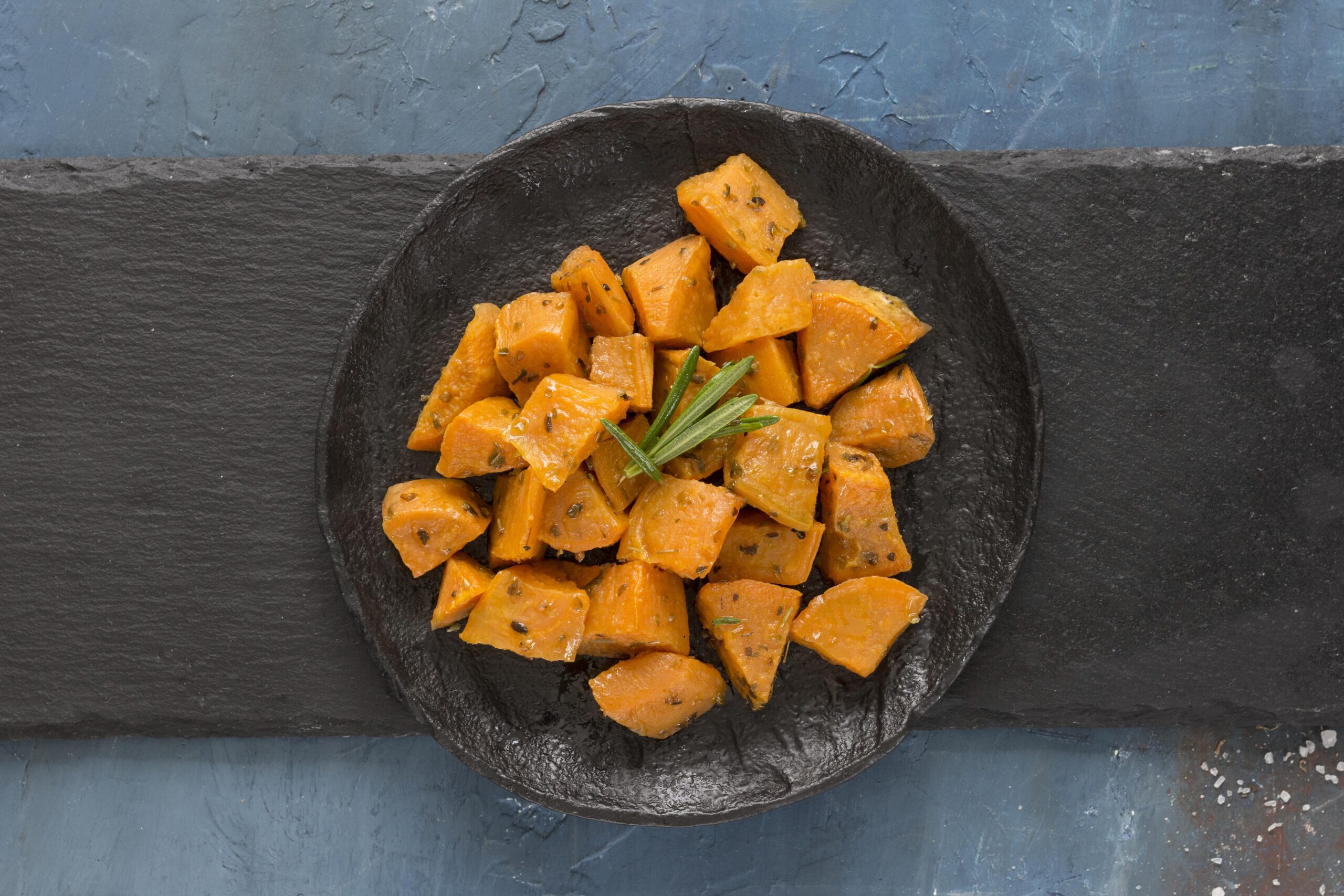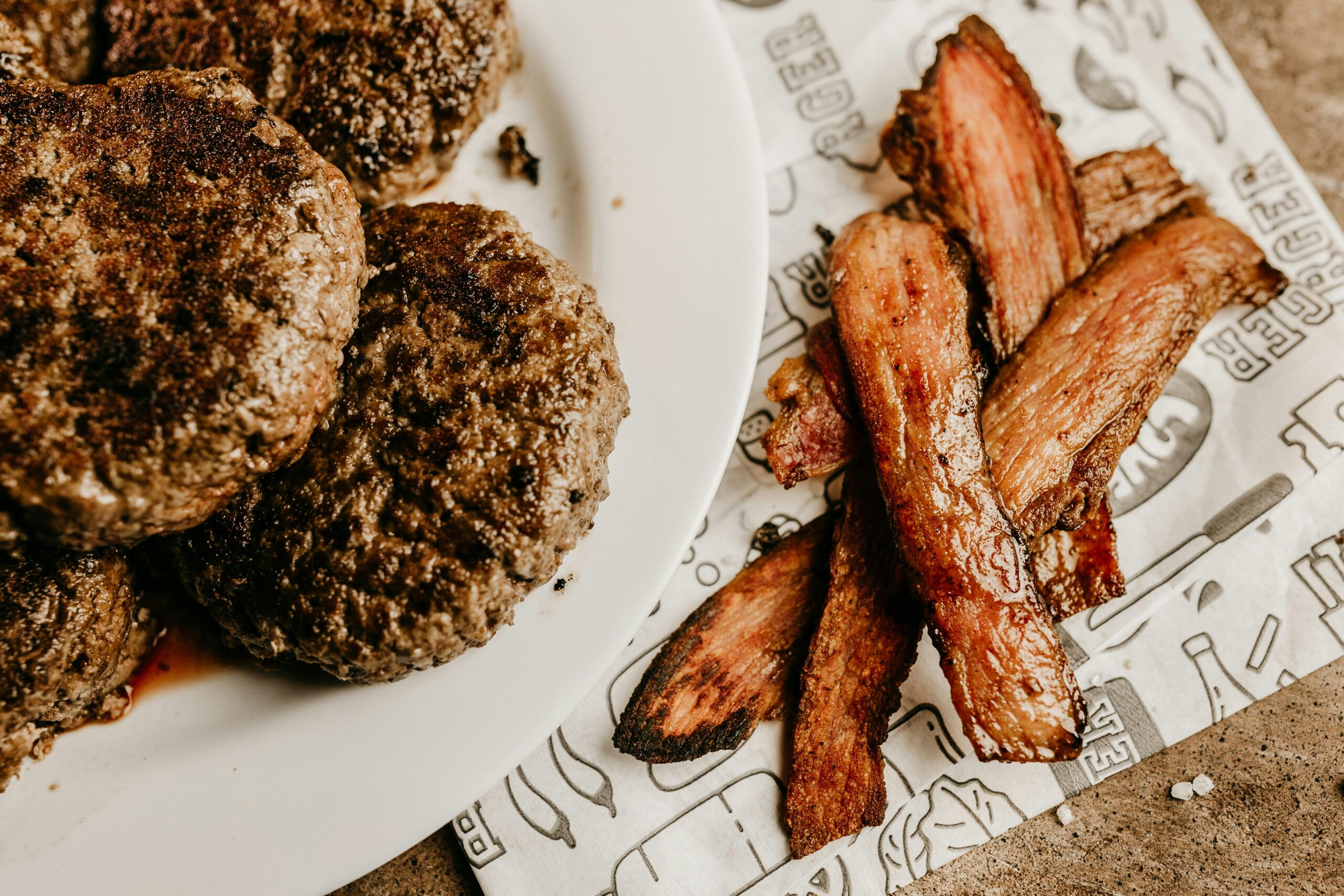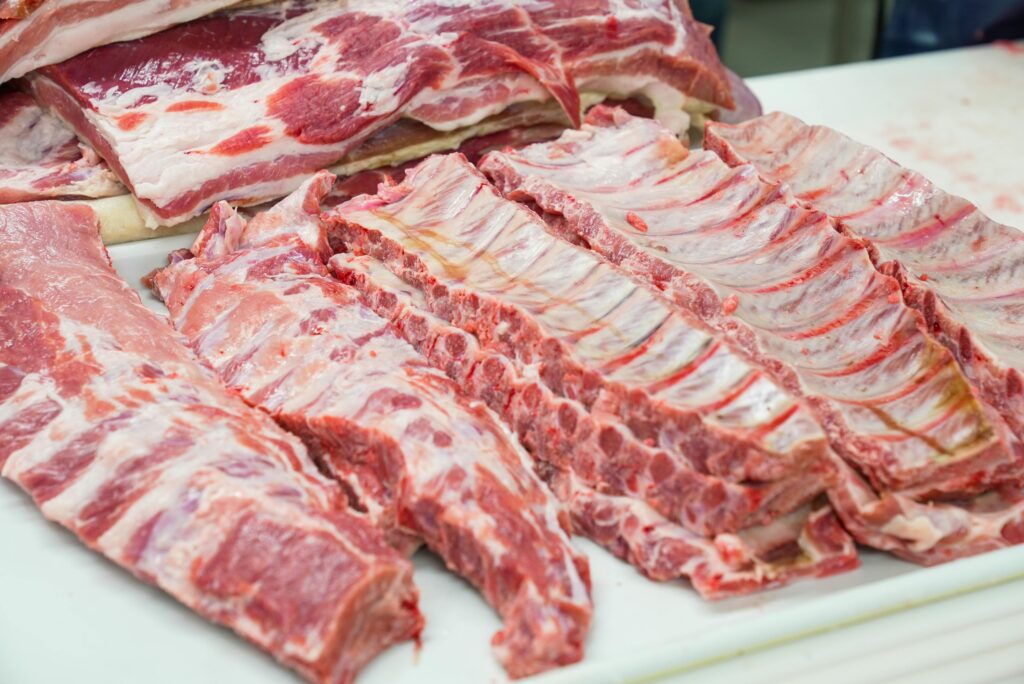- FOOD
How to Roast Cubed Sweet Potatoes to Perfection


Microwaving bacon is a convenient and quick method that offers delicious results without the hassle of traditional stovetop cooking. Whether you’re a novice in the kitchen or an experienced cook looking for efficiency, mastering the art of microwave bacon can save you time and effort while still delivering that crispy, mouth-watering taste. This guide provides step-by-step techniques for beginners and advanced methods for seasoned cooks, ensuring that you can achieve perfect bacon every time.
Cooking bacon in the microwave is straightforward, but following a few essential techniques can elevate your results. Start by selecting high-quality bacon slices, as the thickness and quality can significantly impact the final product. Arrange the slices in a single layer on a microwave-safe dish, ensuring they do not overlap, which can cause uneven cooking.
Cover the bacon with a layer of paper towels or parchment paper to absorb excess grease and prevent splattering. Microwave on high for 1 minute per slice, checking for doneness and adjusting the time as needed. This method allows beginners to achieve crispy bacon without the need for constant monitoring.
The choice of dish is crucial when cooking bacon in the microwave. Opt for a microwave-safe plate or a specially designed bacon tray with ridges that allow grease to drain away from the meat. This not only promotes even cooking but also helps reduce the fat content of your bacon.
For those who prefer a more traditional approach, a simple glass or ceramic plate lined with paper towels works well. The key is to ensure the dish can withstand microwave heat and is large enough to accommodate the bacon slices without crowding.
When it comes to choosing between paper towels and parchment paper, both have their advantages. Paper towels are excellent at absorbing grease, resulting in less mess and healthier bacon. They are particularly useful for those who prioritize reducing bacon grease in the microwave.
Parchment paper, on the other hand, provides a non-stick surface that can prevent bacon from sticking to the plate. It is also a better option for those concerned about paper towel fibers sticking to the bacon. Ultimately, the choice depends on personal preference and the desired outcome.

Layering bacon slices correctly is essential for achieving optimal crispiness. Begin by laying the bacon strips in a single layer, ensuring they do not overlap. For those cooking larger batches, consider using a multi-layer approach by placing additional paper towels between layers of bacon. This technique helps distribute heat evenly and enhances crispiness.
Advanced cooks can experiment with crisscrossing bacon strips or folding them to fit more slices on the plate, though care must be taken to maintain even cooking. Adjust the microwave time accordingly to accommodate these variations.
For experienced cooks looking to refine their microwave bacon technique, using a sheet pan can offer enhanced results. This method involves placing a wire rack over a microwave-safe sheet pan, allowing the bacon to cook above its grease. The elevated position ensures even heat distribution and prevents the bacon from becoming soggy.
Cover the bacon with parchment paper to minimize splatter and microwave on medium-high, adjusting the time based on the thickness of the slices. This advanced method is ideal for those who want to achieve restaurant-quality bacon with minimal effort.
Even with the best techniques, issues can arise when cooking bacon in the microwave. Common problems include uneven cooking, excessive grease, and bacon that is too chewy or too crispy. To address uneven cooking, ensure slices are of uniform thickness and not overlapping.
If excessive grease is a concern, increase the number of paper towels used or opt for a bacon tray with grease-catching ridges. For bacon that is too chewy, increase the cooking time slightly, monitoring closely to avoid overcooking. Conversely, for bacon that is too crispy, reduce the cooking time or microwave at a lower power setting.
For those mindful of their fat intake, reducing bacon grease is a priority. Using a microwave-safe bacon tray with ridges is one of the most effective ways to separate grease from the bacon. Additionally, layering several sheets of paper towels underneath and over the bacon can absorb a significant amount of grease.
Another approach is to periodically drain the grease during cooking, though this requires careful handling to avoid burns. By implementing these techniques, you can enjoy a healthier version of microwave bacon without compromising on flavor.
While bacon is delicious on its own, adding seasonings can elevate its flavor profile. Before microwaving, sprinkle the bacon with black pepper, garlic powder, or even a touch of cayenne for a spicy kick. For a touch of sweetness, a light dusting of brown sugar or a drizzle of maple syrup can create a delectable sweet and savory combination.
Experimenting with different seasonings allows you to tailor the bacon to your taste preferences and create unique variations that complement various dishes.
Microwave bacon offers several advantages over traditional stovetop or oven cooking methods. The most significant benefit is the reduction in cooking time, with microwave bacon ready in just a few minutes compared to the longer duration required for frying or baking.
Additionally, microwaving reduces the amount of grease splatter, making cleanup easier and safer. However, some purists argue that the texture and flavor of traditionally cooked bacon are superior. Ultimately, the choice depends on individual preferences and the specific needs of the cook.
Cleaning up after cooking bacon in the microwave is simpler than traditional methods, thanks to the use of paper towels or parchment paper. After cooking, allow the dish and bacon grease to cool before handling. Dispose of the paper towels or parchment paper, which should have absorbed most of the grease.
For remaining grease, wipe the dish with a paper towel or wash it with warm, soapy water. If using a bacon tray, ensure it is dishwasher safe or clean it thoroughly by hand to prevent grease buildup. These cleaning tips ensure a quick and hassle-free cleanup process.
Cooking multiple slices of bacon in the microwave requires a few adjustments to ensure even results. Use a large microwave-safe dish or a bacon tray designed for multiple slices. Arrange the bacon in a single layer, or use a layering technique with paper towels between each layer.
Consider microwaving in batches if your microwave cannot accommodate a large dish. Adjust the cooking time based on the number of slices and the wattage of your microwave, checking for doneness periodically to avoid overcooking.
Leftover microwave bacon can be a versatile ingredient in a variety of dishes. Crumble it over salads, incorporate it into scrambled eggs, or use it as a topping for baked potatoes or soups. For those who enjoy meal prepping, cooked bacon can be stored in the refrigerator for up to five days or frozen for longer storage.
To reheat, simply microwave the bacon for 15-30 seconds, checking frequently to avoid overheating. These options ensure that no bacon goes to waste and add a flavorful touch to your meals throughout the week.
Safety is paramount when cooking bacon in the microwave. Always use microwave-safe dishes and materials to avoid accidents. Be cautious of hot grease and steam when removing the dish from the microwave, using oven mitts or a towel to protect your hands.
Avoid overheating the bacon, which can lead to smoke or even fire hazards. Monitor the cooking process closely, especially when experimenting with new techniques or cooking larger batches. By following these safety tips, you can enjoy delicious microwave bacon with peace of mind.